Special Report
30 Drugs in Short Supply in the US Right Now
Published:
Last Updated:
The outbreak of the novel coronavirus has revealed the vulnerability of the supply chain of drugs that originate in China, which is the main supply source of raw ingredients for penicillin, ibuprofen, and aspirin.
However, drugs are frequently announced to be in short supply. In fact, the FDA has a running list of drug shortages due to anything from increasing demand to regulatory factors as well as supply disruptions.
24/7 Tempo has compiled a list of drugs in short supply from information provided by the Food and Drug Administration.
Click here to see FDA announces shortage of 30 drugs.
Drug shortages occur for a variety of reasons and this has been an ongoing problem the FDA and legislators have been trying to address. These include manufacturing and quality issues, delays involving logistics along the supply chain, and the lack of incentives for manufacturers to supply drugs they consider to be not as profitable as they had hoped. These are the world’s 15 top selling drugs.
To address these problems, the FDA in 2019 issued a report “Drug Shortages: Root Causes and Potential Solutions.” The agency recommended that manufacturers are made to understand the impact that drug shortages have on patients. The agency suggested creating a rating system intended to give drug makers incentives to invest in the best management of their operations. The FDA is also advocating for better and more transparent contracts with purchasers and other private-sector organizations to maintain a dependable flow of treatments.
A reliable flow of drugs is crucial to patient care. According to the FDA report, 56% of hospitals reported that drug shortages had changed patient care or postponed therapy. From 2009 to 2019, nine of the 11 drugs used to treat T-cell acute lymphoblastic leukemia (ALL) experienced shortages at some point over that period. ALL is the most common childhood cancer.
Methodology
24/7 Tempo reviewed data on the U.S. Food and Drug Administration website to find the drugs that are currently in short supply. We also reviewed the report from the FDA “Drug Shortages: Root Causes and Potential Solutions” that was published in 2019. We reviewed information from websites such as webmd.com, rxlist.com, mayoclinic.org, and drugs.com to find out what the drugs are used for and how they are administered.
Amphetamine aspartate; amphetamine sulfate; dextroamphetamine saccharate; dextroamphetamine sulfate
> Therapeutic category: Psychiatry
> Route of administration: Tablets
> Shortage first reported: Sept. 12, 2019
These drugs are used as treatments of attention deficit hyperactivity disorder (ADHD) and narcolepsy.
[in-text-ad]

Atropine sulfate
> Therapeutic category: Anesthesia; neurology; pediatric
> Route of administration: Injection
> Shortage first reported: N/A
Atropine sulfate is used as a preanesthetic agent or to suppress salivation, bronchial secretion, or internal peristalsis (a series of muscle contractions in the digestive tract) that is associated with colic or diarrhea in cats and dogs.
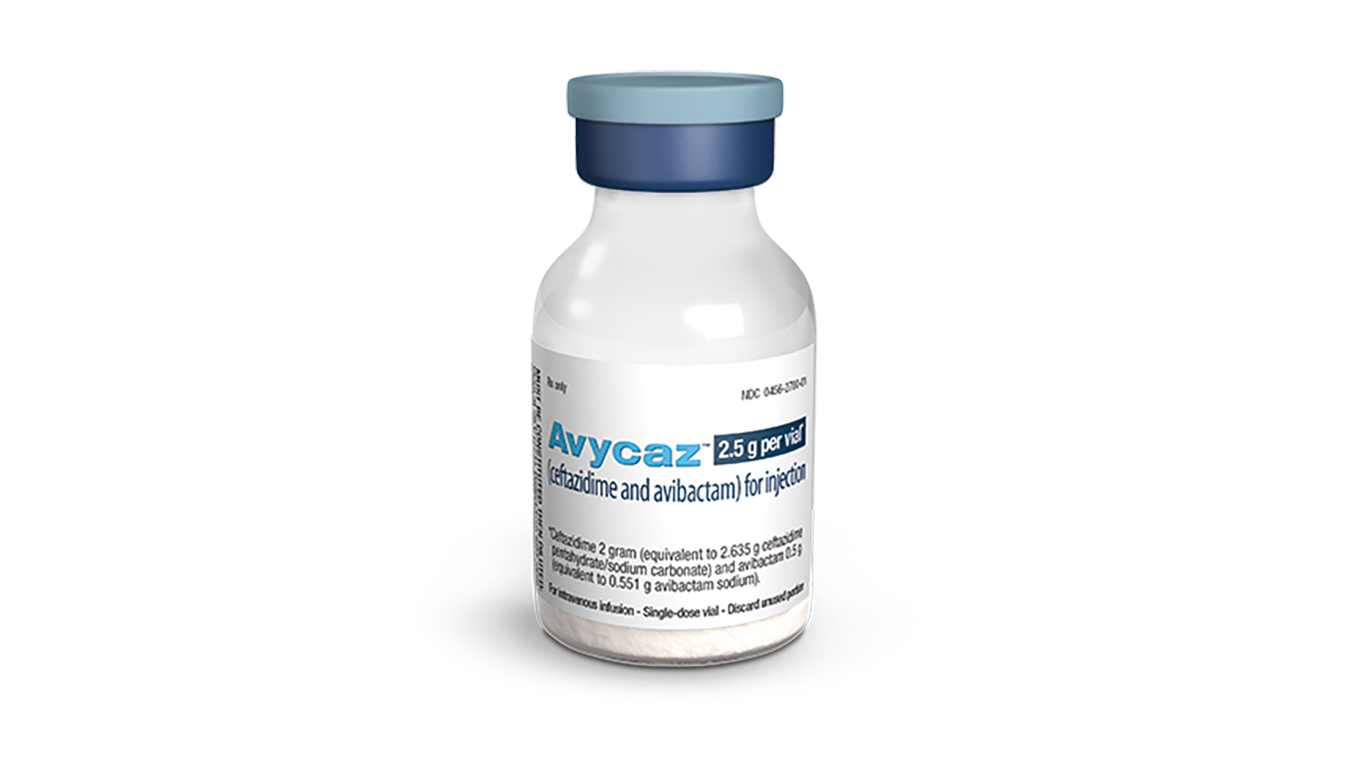
Avycaz (ceftazidime and avibactam), 2 grams/0.5 grams
> Therapeutic category: Anti-infective
> Route of administration: Injection
> Shortage first reported: Feb. 26, 2020
Avycaz is an antibiotic used to treat infections of the stomach, bladder, or kidneys in adults and children as young as 3 months old. It is also used to treat pneumonia in adults after a hospital stay.
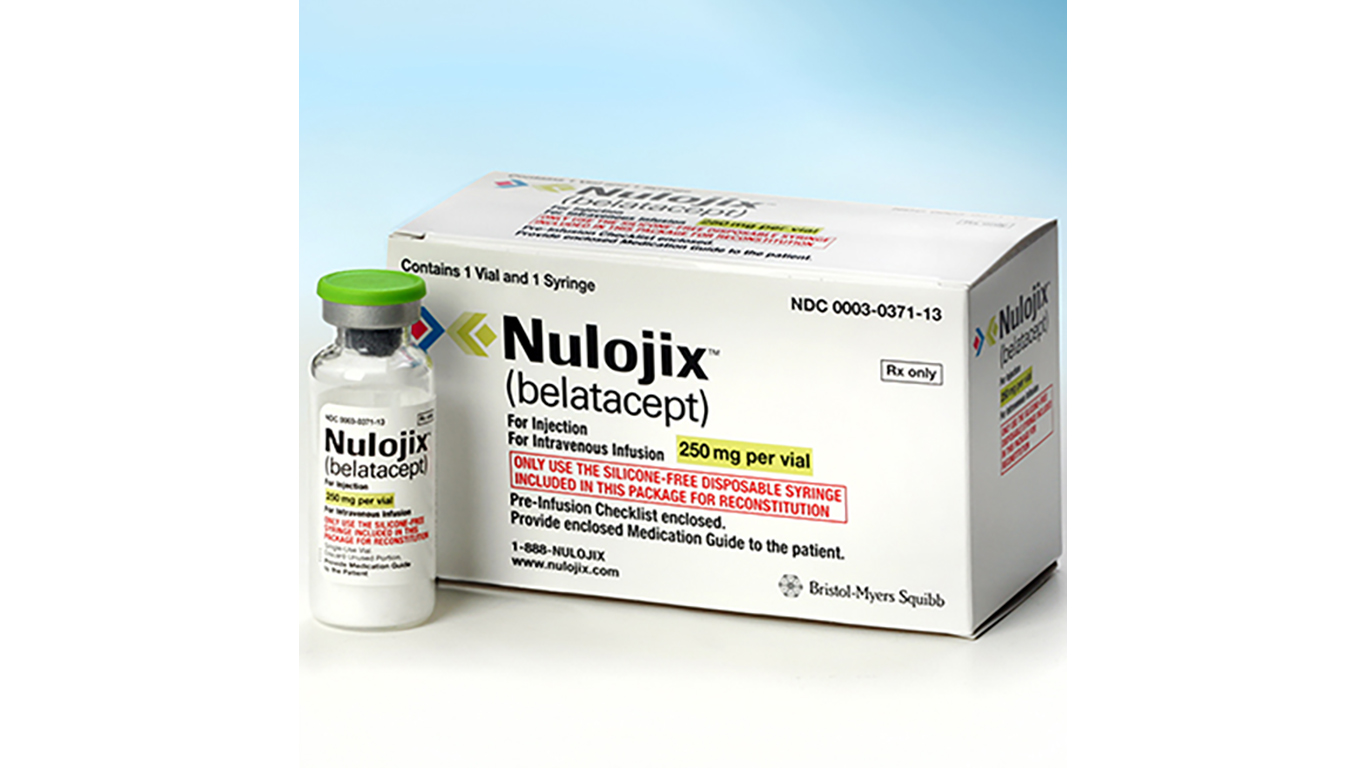
Belatacept (Nulojix) lyophilized powder
> Therapeutic category: Transplant
> Route of administration: Injection
> Shortage first reported: March 6, 2017
Belatacept is used in conjunction with other medicines to prevent the rejection of organs following a kidney transplant. It is only given to those who have been exposed to the Epstein-Barr virus.
[in-text-ad-2]

Bupivacaine hydrochloride and epinephrine, USP
> Therapeutic category: Anesthesia
> Route of administration: Injection
> Shortage first reported: Feb. 20, 2018
Bupivacaine can be administered as an epidural injection into the spinal column to induce numbness during labor, or surgery. It can also be used as a local anesthetic during dental procedures.

Dextrose 50%
> Therapeutic category: Endocrinology/metabolism; gastroenterology; pediatric
> Route of administration: Injection
> Shortage first reported: April 24, 2017
Dextrose 50% is used as a solution for fluid replenishment and caloric supply and for the treatment of low blood sugar levels.
[in-text-ad]

Disulfiram
> Therapeutic category: Analgesia/addiction
> Route of administration: Tablets
> Shortage first reported: Sept. 25, 2019
Disulfiram is used to treat chronic alcoholism that causes reactions such as headache, nausea, vomiting, sweating, and anxiety when the patient drinks alcohol.

Echothiophate iodide (phospholine iodide) ophthalmic solution
> Therapeutic category: Ophthalmology
> Route of administration: Eye drops
> Shortage first reported: Sept. 24, 2019
Echothiophate iodide is used to treat chronic glaucoma and other types of glaucoma, particularly following cataract surgery. This drug is also used to treat some eye-focusing disorders.

Eprosartan mesylate
> Therapeutic category: Cardiovascular
> Route of administration: Tablets
> Shortage first reported: March 11, 2019
Eprosartan mesylate (Teveten) is used to treat high blood pressure by relaxing the blood vessels to allow easier blood flow.
[in-text-ad-2]

Fluorescein strips
> Therapeutic category: Ophthalmology
> Route of administration: Eye strips
> Shortage first reported: Feb. 6, 2018
Fluorescein strips are used to detect corneal ulcers (open sore of the cornea) by administering a small drop of fluorescein dye on a paper strip in the conjunctival sac of the eye.

Gemifloxacin mesylate (Factive)
> Therapeutic category: Anti-infective
> Route of administration: Tablets
> Shortage first reported: May 27, 2015
Gemifloxacin mesylate is a broad-spectrum antibiotic used to treat infections like chronic bronchitis or community-acquired pneumonia.
[in-text-ad]

Imipenem and cilastatin, USP
> Therapeutic category: Anti-infective
> Route of administration: Injection
> Shortage first reported: May 22, 2015
Imipenem and cilastatin treat complicated infections of the urinary tract (bladder and kidneys) or infections within the stomach area.

Lidocaine hydrochloride (Xylocaine)
> Therapeutic category: Anesthesia; pediatric
> Route of administration: Injection
> Shortage first reported: Feb. 22, 2012
Lidocaine hydrochloride is a local anesthetic used to numb an area of the body during surgery, needle punctures, or insertion of a catheter or a breathing tube. It is also used to treat irregular heart rhythms. It is also given as an epidural during labor.

Loxapine
> Therapeutic category: Psychiatry
> Route of administration: Capsules
> Shortage first reported: Nov. 25, 2019
Loxapine is an antipsychotic used to treat the symptoms of schizophrenia. The treatment reduces excessive excitement in the brain.
[in-text-ad-2]
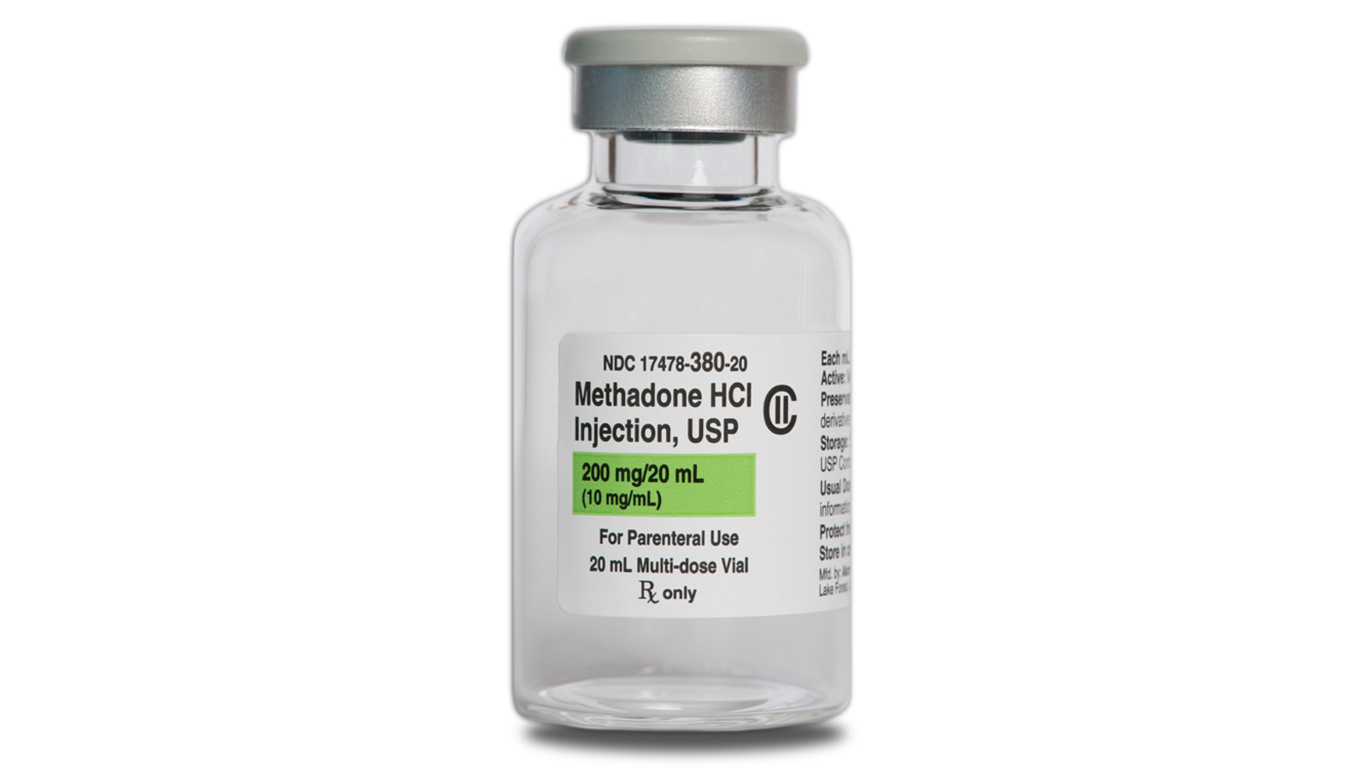
Methadone hydrochloride
> Therapeutic category: Analgesia/addiction; anesthesia
> Route of administration: Injection
> Shortage first reported: April 25, 2018
Methadone hydrochloride is an opioid analgesic (pain reliever) used for the treatment of moderate to severe pain. It is also used as a temporary treatment of opioid dependence.

Methyldopa
> Therapeutic category: Cardiovascular
> Route of administration: Tablets
> Shortage first reported: Aug. 30, 2018
Methyldopa is used to treat high blood pressure and hypertension to help prevent strokes and heart attacks. The drug relaxes blood vessels to allow blood to flow more easily.
[in-text-ad]

Metronidazole, USP
> Therapeutic category: Anti-infective
> Route of administration: Injection
> Shortage first reported: Oct. 11, 2017
Metronidazole is an antibiotic used to treat infections by halting the spread of bacteria and parasites. It can be used (with other medications) to treat stomach and intestinal ulcers caused by bacteria.

Nalbuphine hydrochloride
> Therapeutic category: Analgesia/addiction
> Route of administration: Injection
> Shortage first reported: Oct. 11, 2019
Nalbuphine hydrochloride is an opioid medication administered to treat moderate to severe pain. It is also used for treating pain following surgery or during childbirth.

Nystatin oral suspension
> Therapeutic category: Anti-infective; pediatric
> Route of administration: Oral treatment
> Shortage first reported: Jan. 8, 2019
Nystatin oral suspension is used to treat fungal infections of the mouth.
[in-text-ad-2]

Olmesartan medoxomil
> Therapeutic category: Cardiovascular
> Route of administration: Tablets
> Shortage first reported: March 12, 2019
Olmesartan medoxomil is used to treat high blood pressure to help lower the risk of strokes and heart attacks. It belongs to a class of drugs called angiotensin receptor blockers that relax blood vessels so that blood can flow more easily.

Parathyroid hormone (Natpara)
> Therapeutic category: Endocrinology/metabolism
> Route of administration: Injection
> Shortage first reported: Sept. 11, 2019
This parathyroid hormone drug is administered to patients taking calcium and vitamin D to control hypocalcemia (low levels of calcium) for those with hypoparathyroidism (underfunctioning parathyroid gland).
[in-text-ad]

Pindolol
> Therapeutic category: Cardiovascular
> Route of administration: Tablets
> Shortage first reported: Feb. 21, 2020
Pindolol belongs to a class of drugs called beta-blockers and are used to treat high blood pressure.

Potassium acetate, USP
> Therapeutic category: Endocrinology/metabolism; gastroenterology; pediatric; total parenteral nutrition
> Route of administration: Injection
> Shortage first reported: June 10, 2019
Potassium acetate injection is used as a source of potassium to prevent or correct hypokalemia, or low blood potassium, in patients.

Promethazine (Phenergan)
> Therapeutic category: Analgesia/addiction; gastroenterology; pediatric; pulmonary/allergy
> Route of administration: Injection
> Shortage first reported: March 23, 2017
Promethazine is an antihistamine used to prevent and treat nausea and vomiting before and after surgery. It can also be used with other medications to treat severe allergic reactions. There are several other uses of the drug.
[in-text-ad-2]
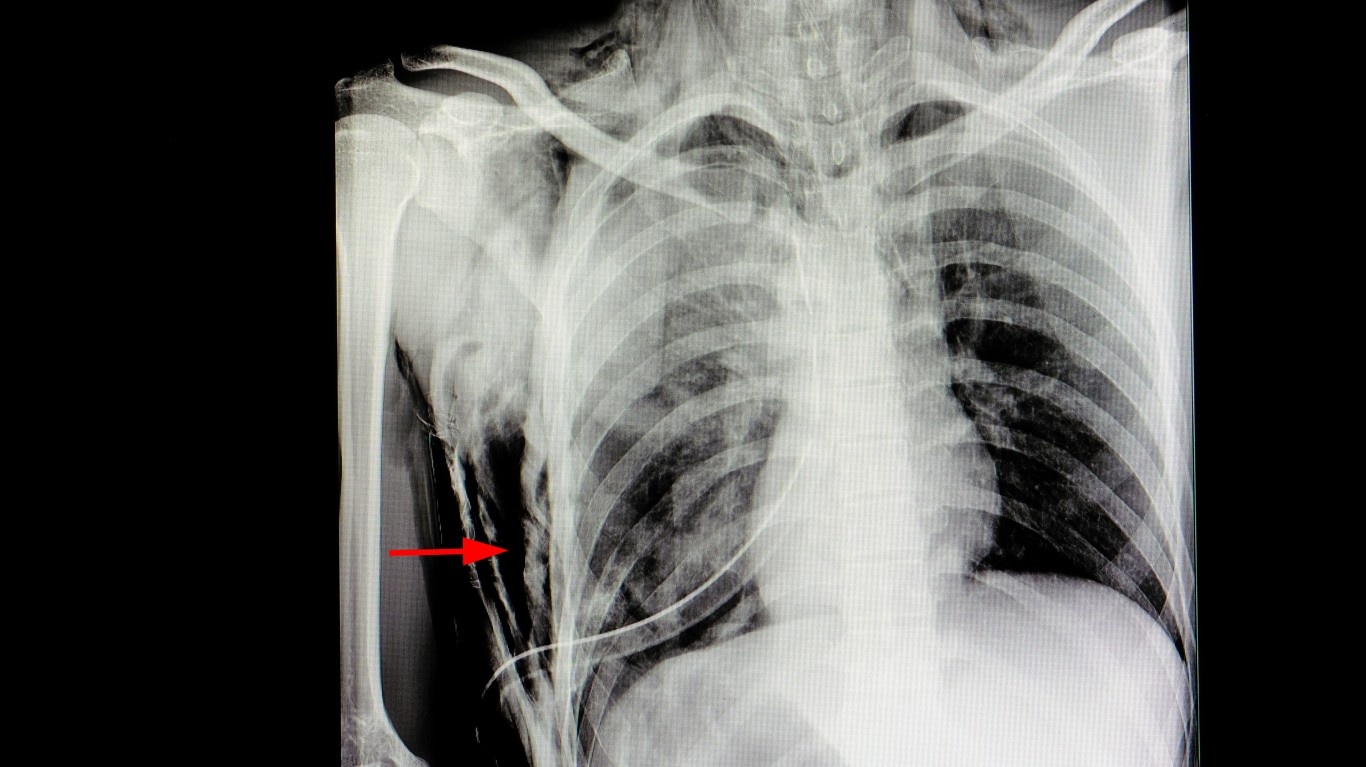
Sclerosol Intrapleural Aerosol
> Therapeutic category: Pulmonary/allergy
> Route of administration: Aerosol
> Shortage first reported: Feb. 16, 2017
Sclerosol Intrapleural Aerosol is given to prevent malignant pleural effusions — the abnormal collection of fluid in the space between the lung and chest wall — from returning in patients.

Sodium bicarbonate, USP
> Therapeutic category: Endocrinology/metabolism; gastroenterology; pediatric
> Route of administration: Injection
> Shortage first reported: March 1, 2017
Sodium bicarbonate treats metabolic acidosis (when the body builds too much acid). This condition can occur in some patients with severe kidney disease or uncontrolled diabetes, among others. The medication also treats certain drug intoxications, including barbiturates, as well as severe diarrhea.
[in-text-ad]

Tacrolimus
> Therapeutic category: Transplant
> Route of administration: Capsules
> Shortage first reported: March 17, 2019
Tacrolimus is an immunosuppressant and is used with other drugs to prevent rejection of organs in kidney, heart, or liver transplant.
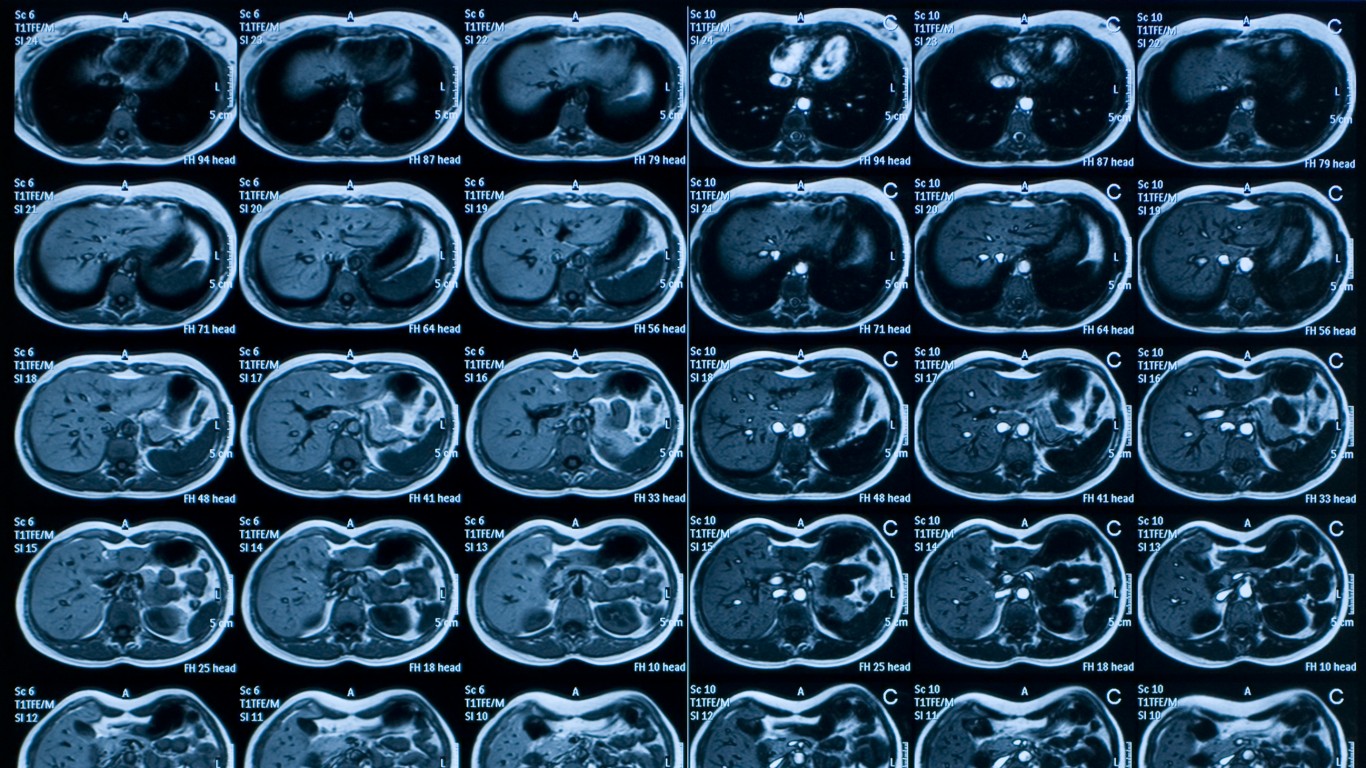
Technetium Tc99m succimer (DMSA)
> Therapeutic category: Medical imaging
> Route of administration: Injection
> Shortage first reported: Aug. 7, 2017
This drug is a radiopharmaceutical and is used with a special imaging test of the kidneys to help doctors see and diagnose certain kidney problems.

Thiothixene
> Therapeutic category: Psychiatry
> Route of administration: Capsules
> Shortage first reported: July 27, 2017
Thiothixene is used to treat symptoms of schizophrenia. The treatment reduces abnormal brain excitement.
[in-text-ad-2]

Triamcinolone acetonide (Triesence), suspension
> Therapeutic category: Ophthalmology
> Route of administration: Injection
> Shortage first reported: Sept. 12, 2019
Triesence is an anti-inflammatory synthetic corticosteroid. It is used to treat ophthalmologic diseases such as inflammation of the eye, inflammation of the walls of the blood vessels, inflammation of the inner layer of the eye, and ocular inflammatory conditions.
The average American spends $17,274 on debit cards a year, and it’s a HUGE mistake. First, debit cards don’t have the same fraud protections as credit cards. Once your money is gone, it’s gone. But more importantly you can actually get something back from this spending every time you swipe.
Issuers are handing out wild bonuses right now. With some you can earn up to 5% back on every purchase. That’s like getting a 5% discount on everything you buy!
Our top pick is kind of hard to imagine. Not only does it pay up to 5% back, it also includes a $200 cash back reward in the first six months, a 0% intro APR, and…. $0 annual fee. It’s quite literally free money for any one that uses a card regularly. Click here to learn more!
Flywheel Publishing has partnered with CardRatings to provide coverage of credit card products. Flywheel Publishing and CardRatings may receive a commission from card issuers.
Thank you for reading! Have some feedback for us?
Contact the 24/7 Wall St. editorial team.